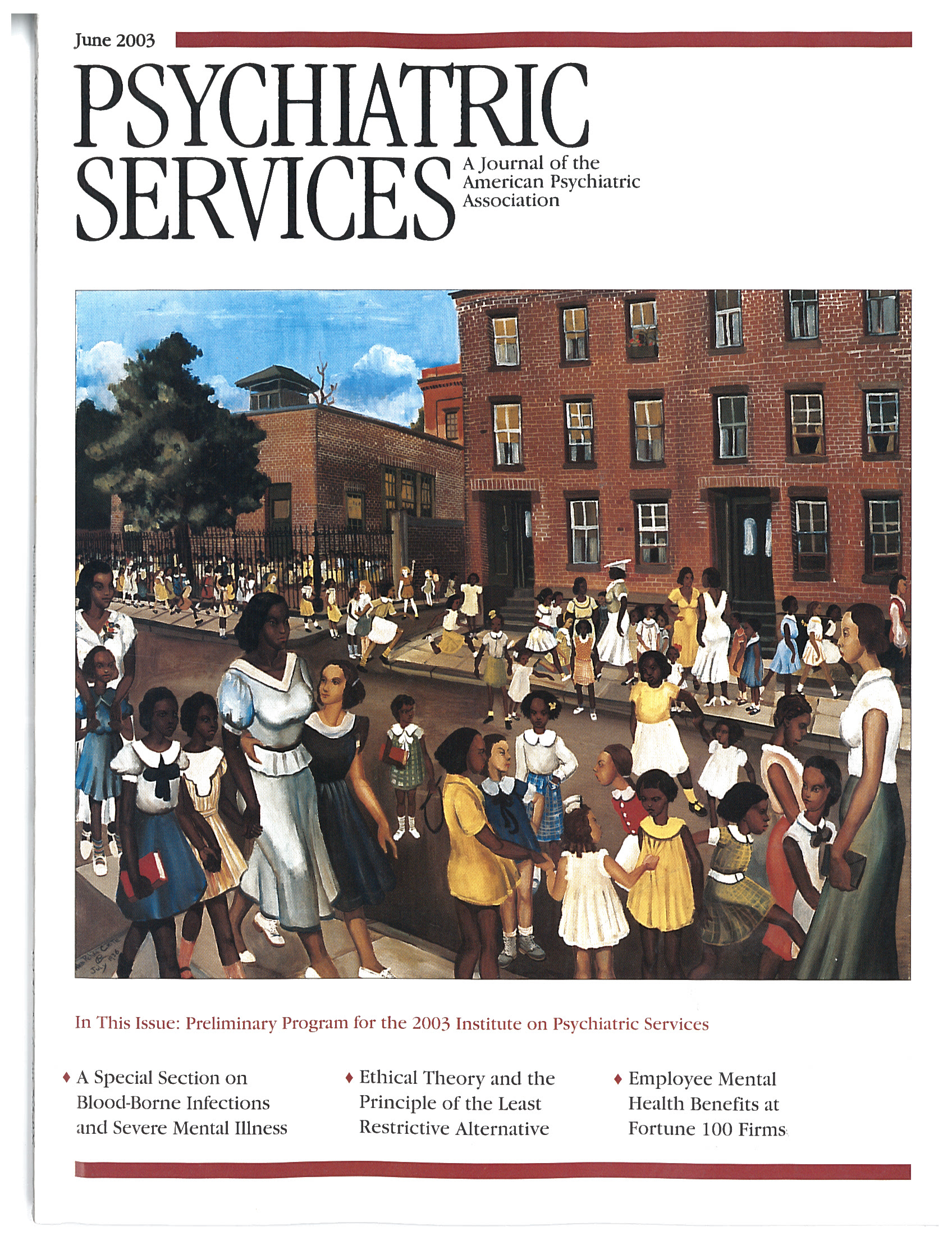This succinct handbook will surely find its place in clinicians' briefcases as a well-organized, up-to-date, and practical reference for the care of our elderly patients. The authors of Handbook of Geriatric Psychopharmacology draw on a wealth of cumulative years of both clinical and research experience in psychopharmacology, which they clearly apply to the treatment of psychiatric and neuropsychiatric conditions of the geriatric population.
The book's "bedside" practicality is one of its strengths. The format, from the clear table of contents to the sturdy 79-page index, and the clarity of writing style make the book's content quickly accessible. Easily visible gray color bands mark chapter summaries and practical prescribing information.
The book's practicality does not compromise its comprehensiveness. The introduction explains the principles of the "start low, go slow" guideline for geriatric patients and includes a helpful table of substrates, inhibitors, and inducers of five cytochrome P450 enzymes. Part 1 of the book details the four major classes of psychotropic drugs: antipsychotics, antidepressants, mood stabilizers, and anxiolytic and sedative-hypnotic medications. Each of these chapters contains not only the expected topics of indications, kinetics, interactions, side effects, and clinical use but also a section on the treatment of selected syndromes and disorders. Included are common clinical conditions among elderly persons, which are not usually covered in texts of this kind—for example, pain syndromes, sleep problems, and intoxication. Current North American medications are discussed and handily tabulated at the end of the chapter. The authors make some references to novel but unproven medication uses, which also underscore their comment that "much of current practice in geriatric prescribing is based on anecdotal evidence and case report data" and that a lot more research is needed. Nonetheless, the content is supported by robust—and again largely North American—references.
Another strength of the Handbook is part 2, which covers the treatments of common syndromes in clinical practice—substance-related disorders, movement disorders, and dementias and other cognitive syndromes—and information that is often scattered in other texts. Small but useful sections on alternative or adjunctive treatments, such as electroconvulsive therapy and psychosocial interventions, remind practitioners of the broad scope of effective elder care.
Mention is made of gender and ethnicity issues under several specific medication descriptions. Perhaps research and a future edition of the Handbook could include more information about these areas. It will always be the case that a new discovery, such as occurrences of hepatic failure with nefazodone, can date information in a given text. This reality should in no way affect the excellent value and usefulness of this book. Bravo to the authors for providing a great briefcase companion.

